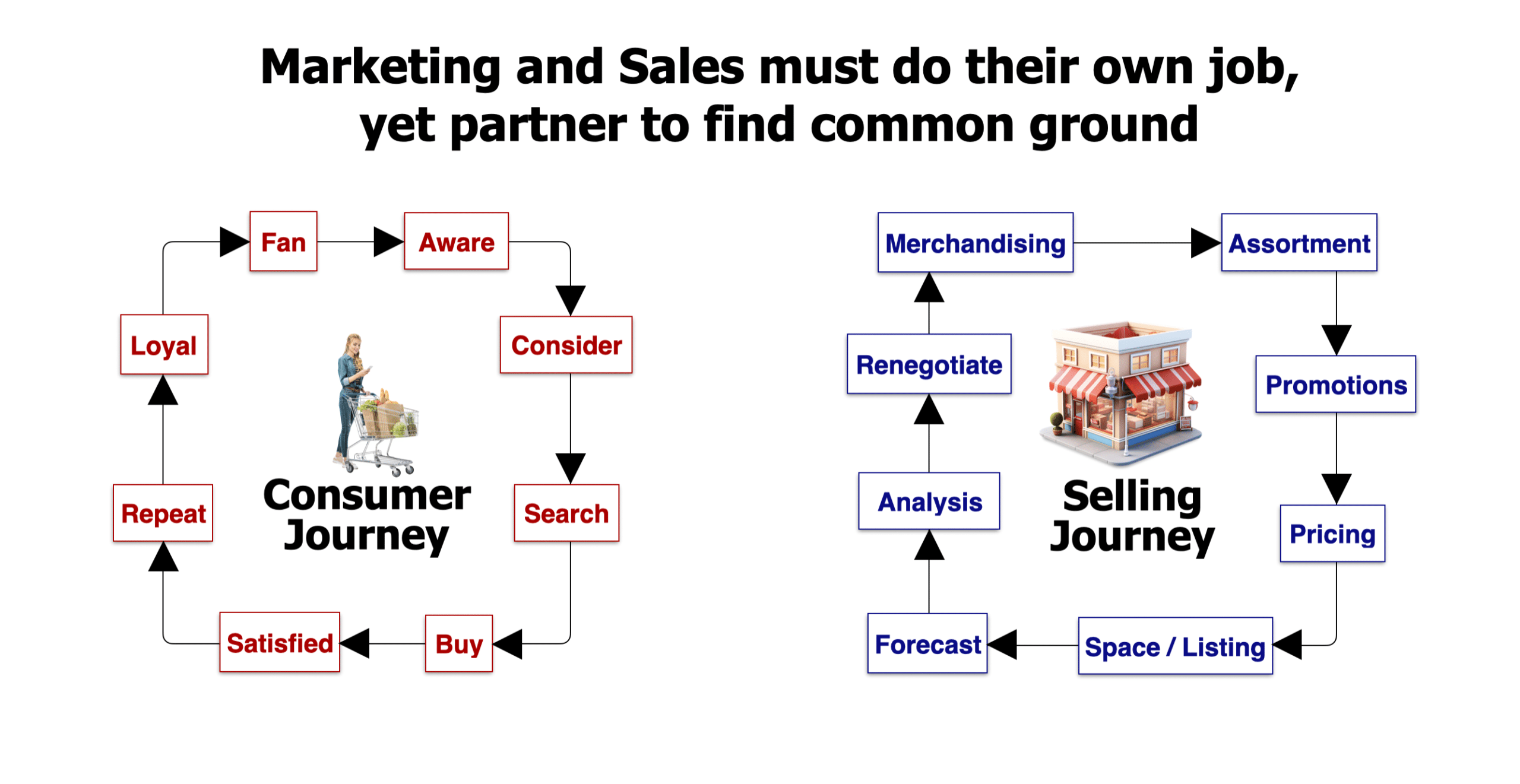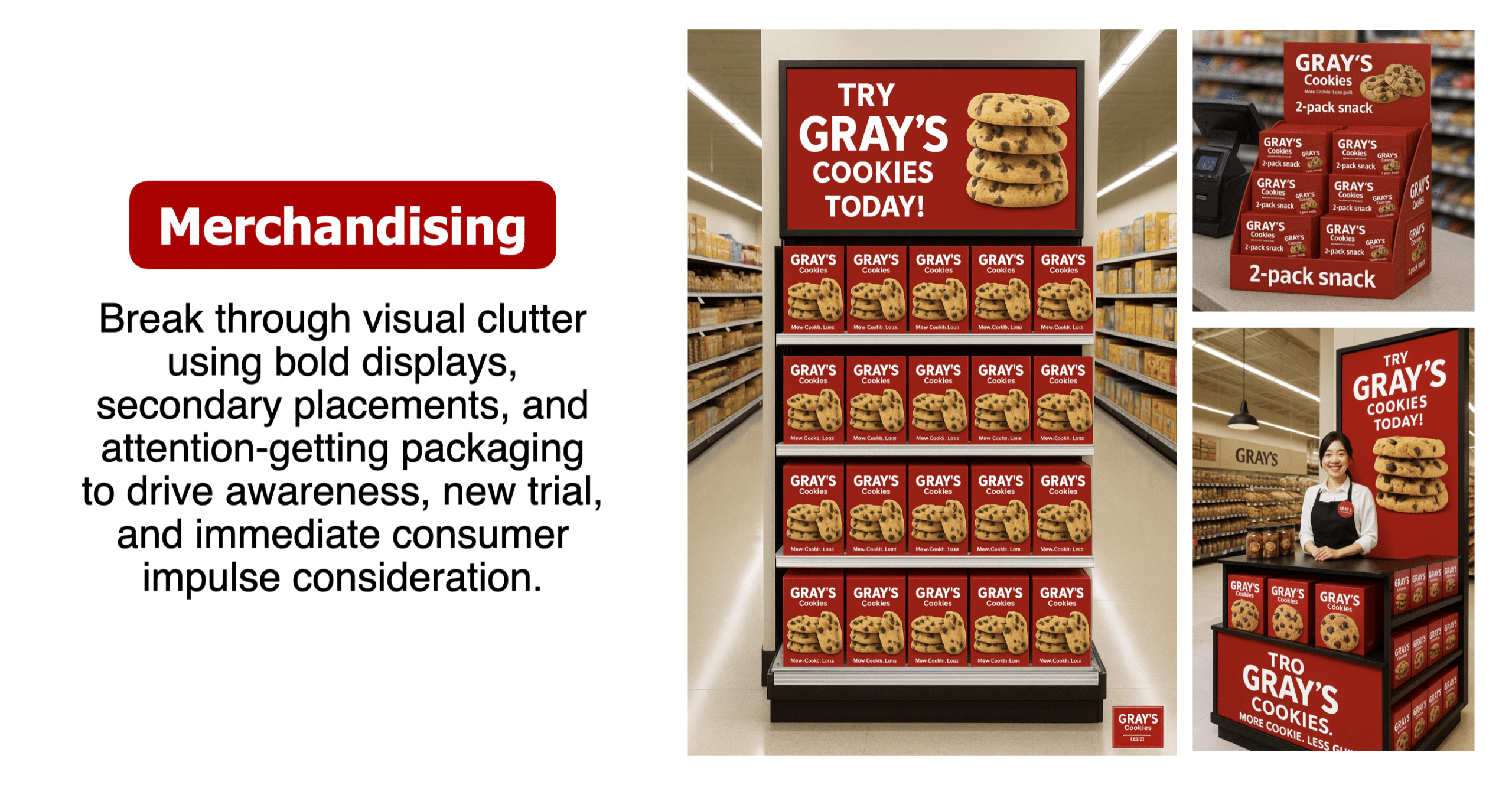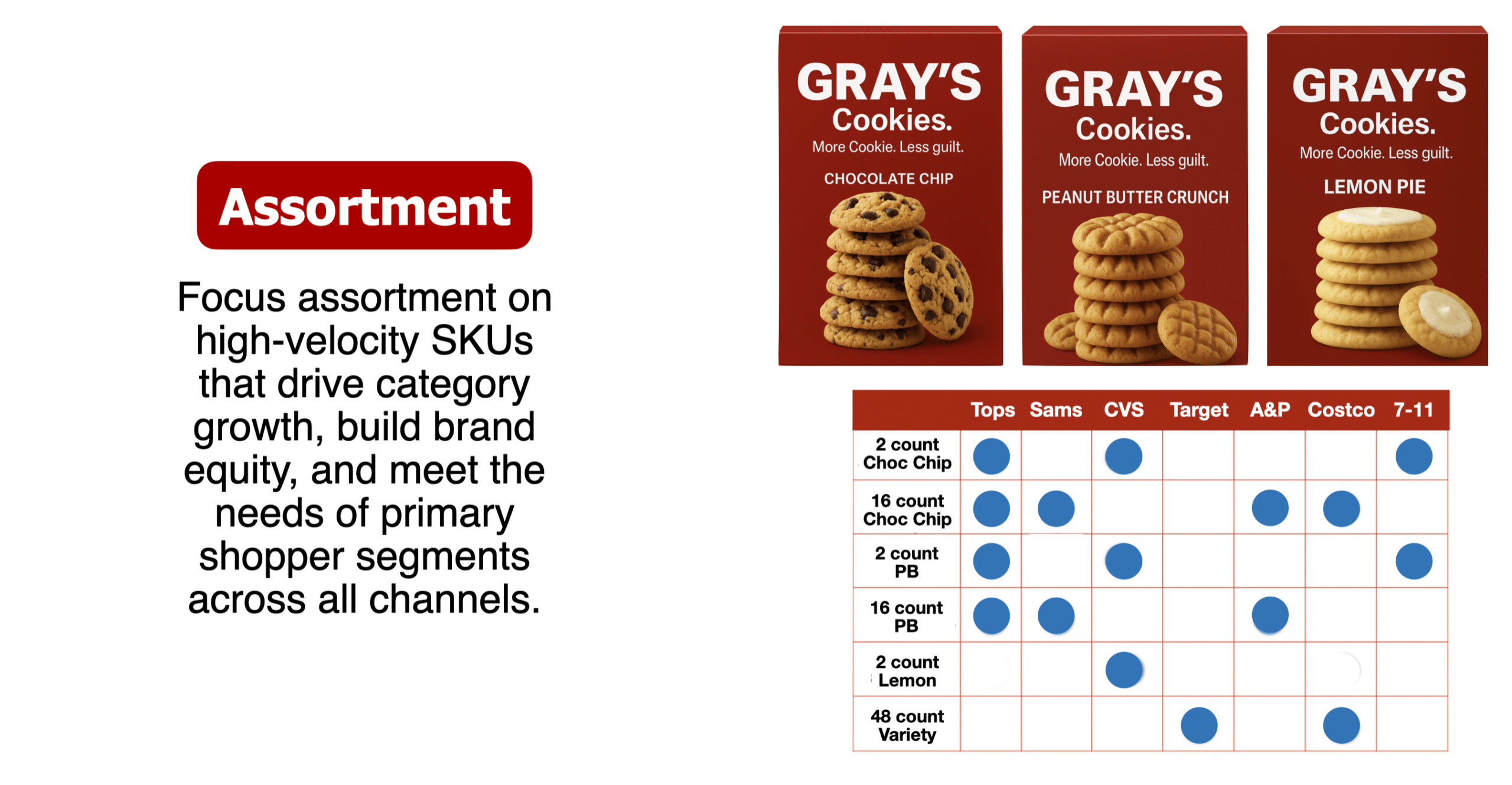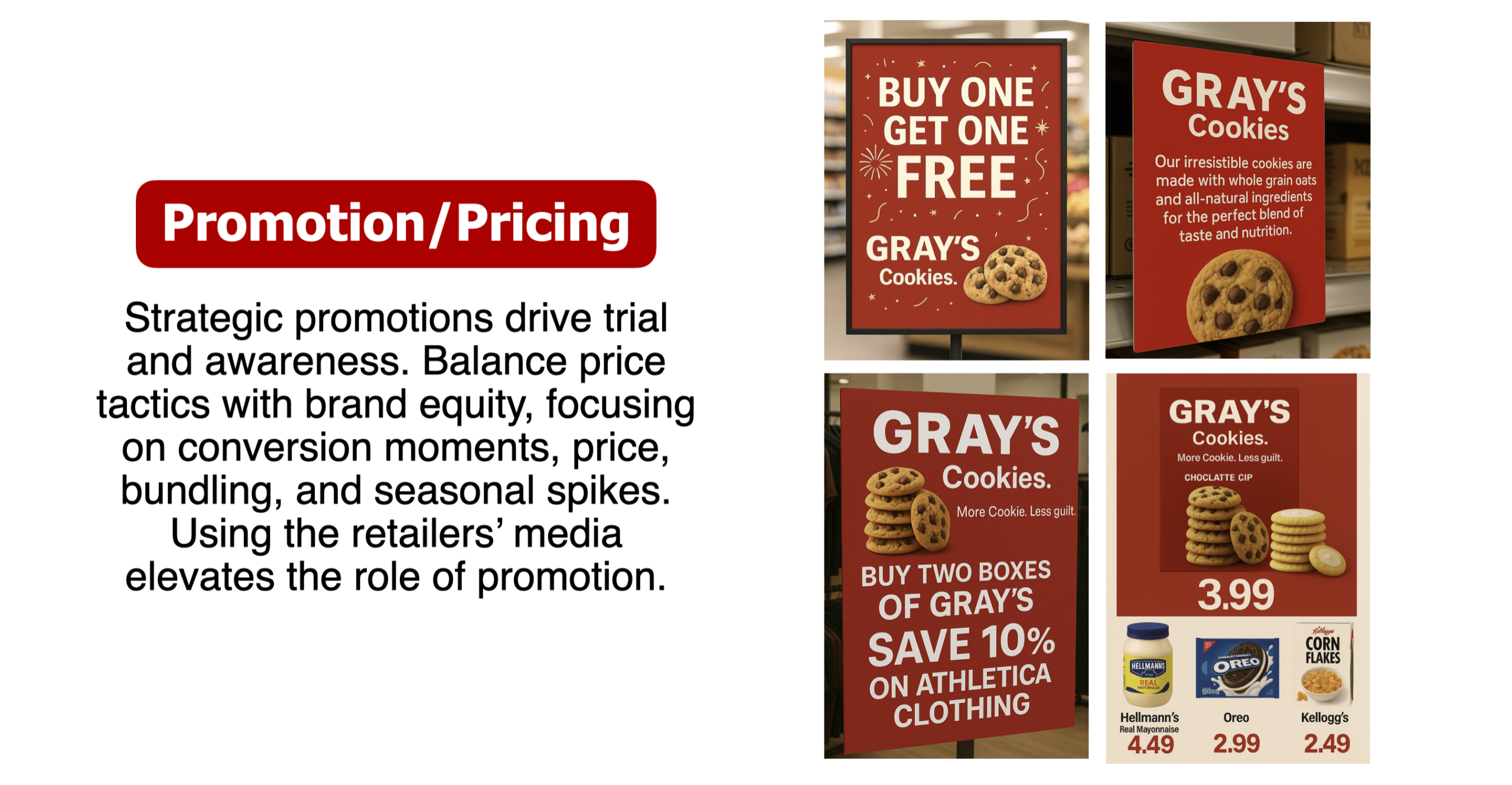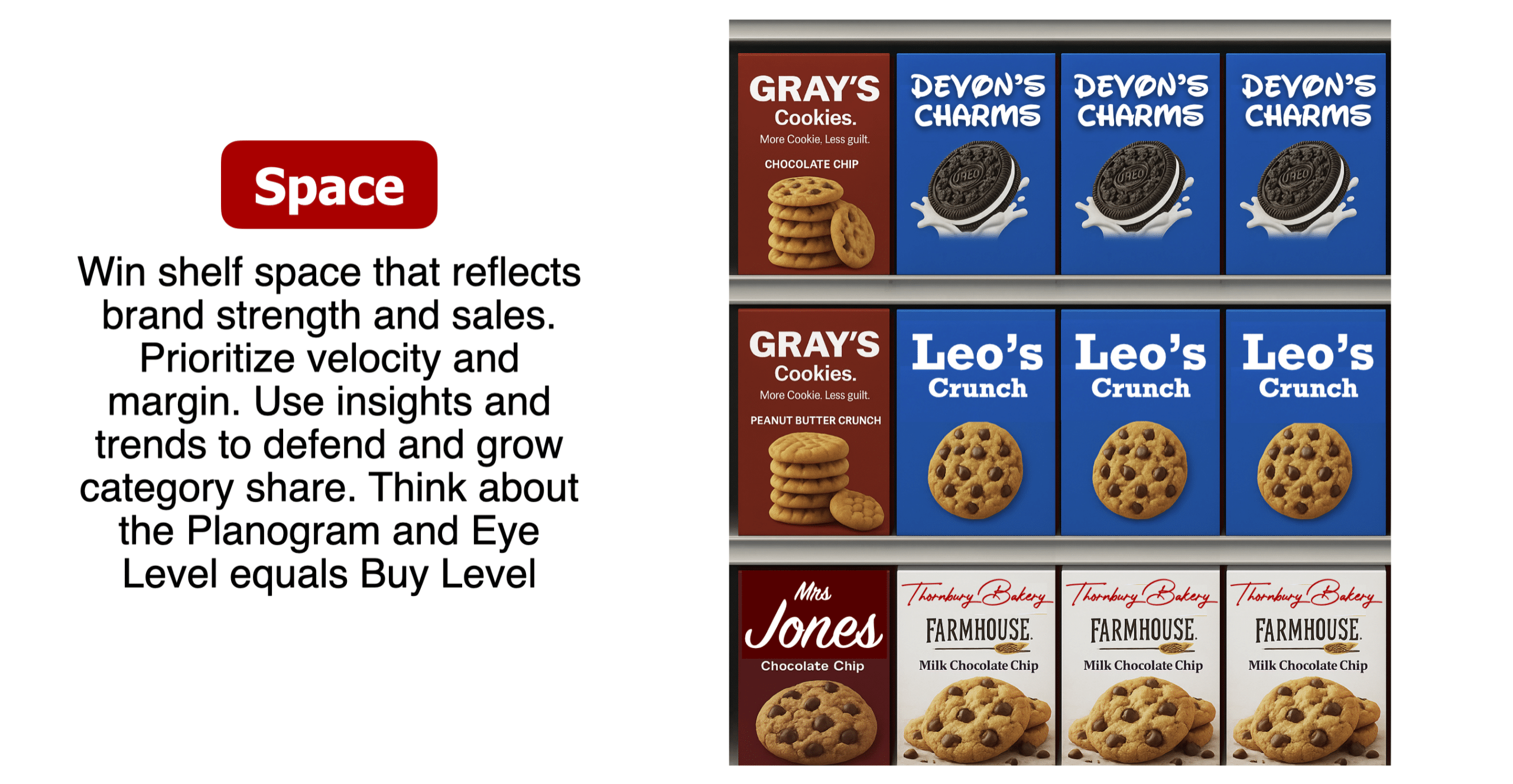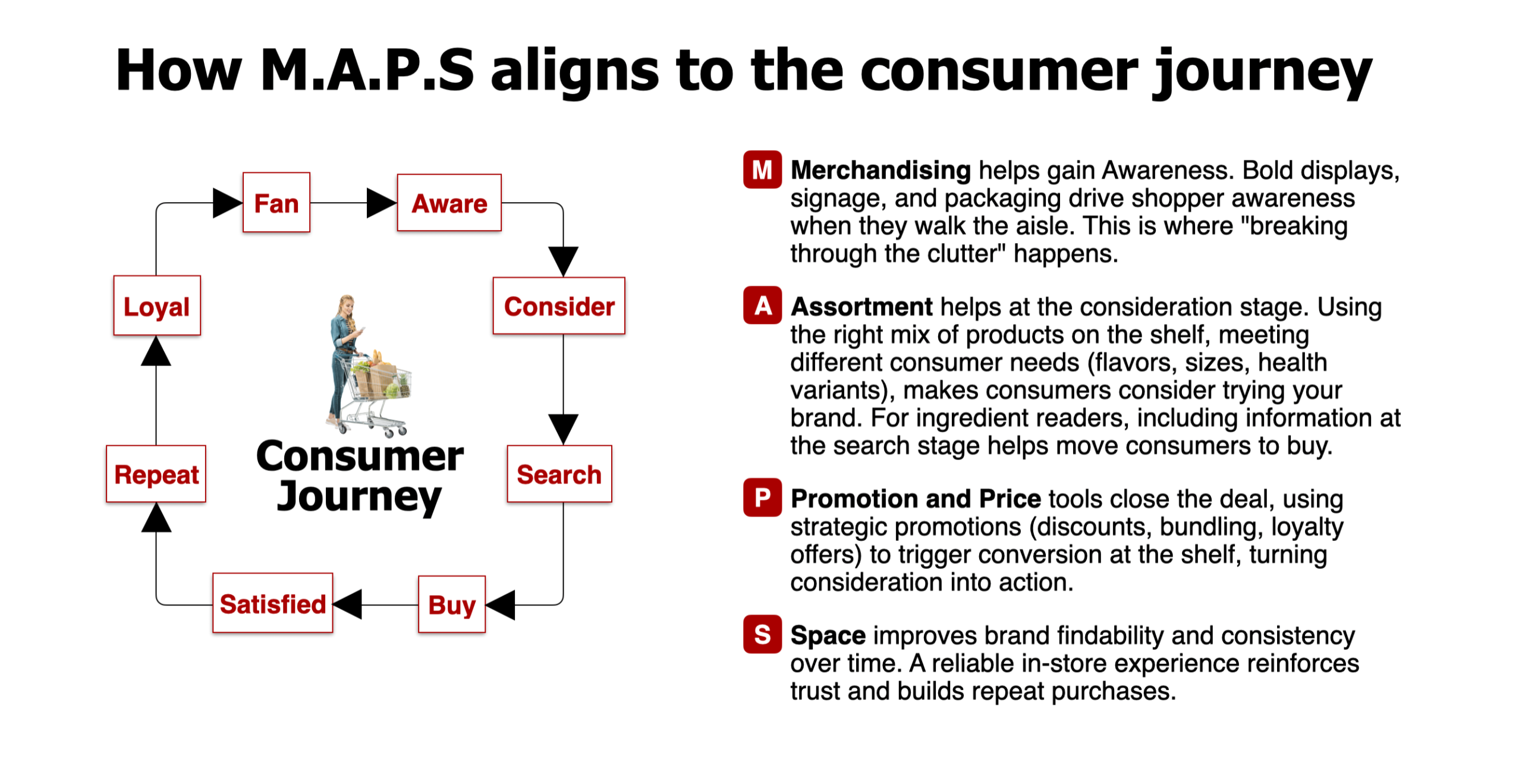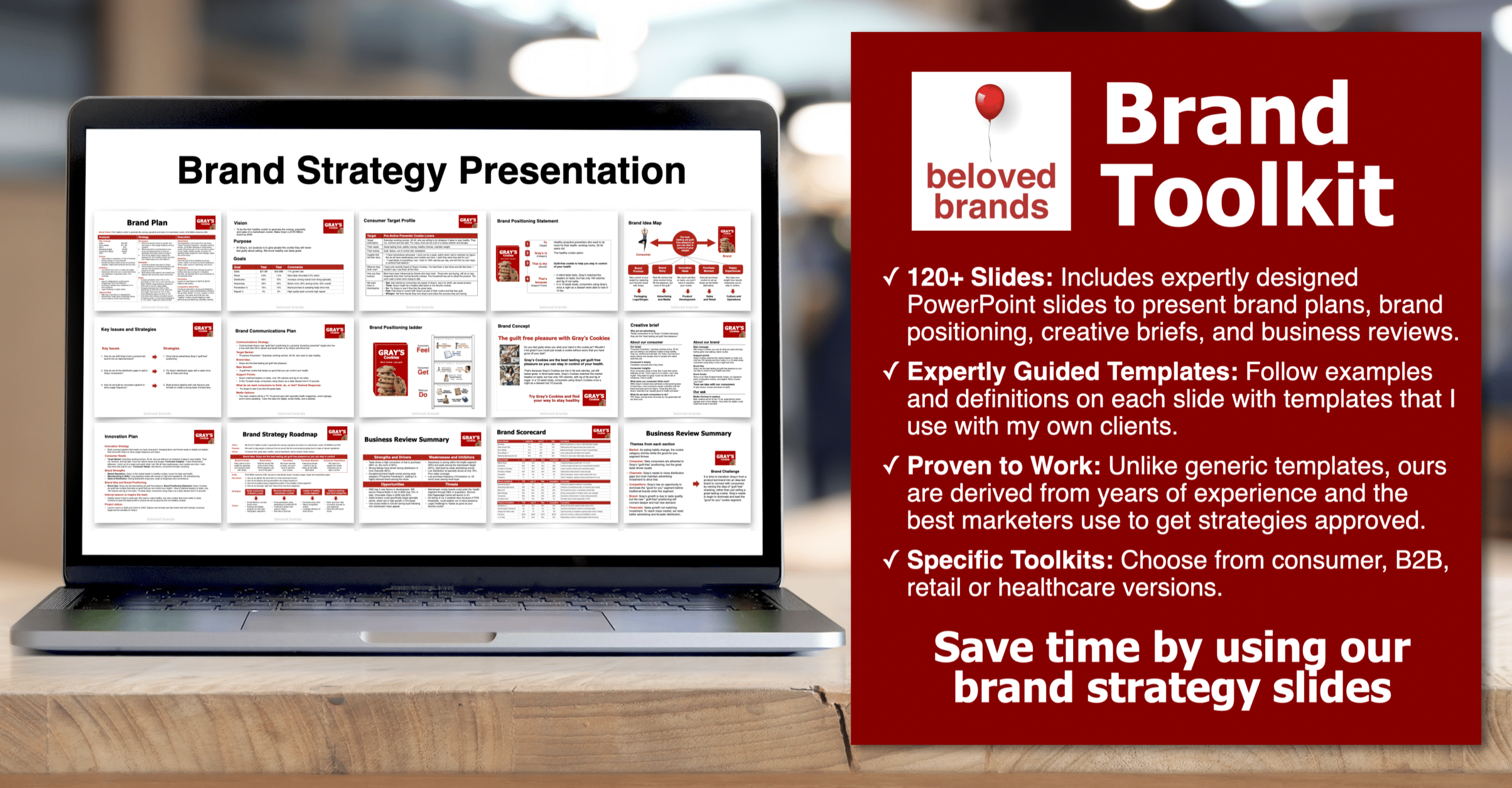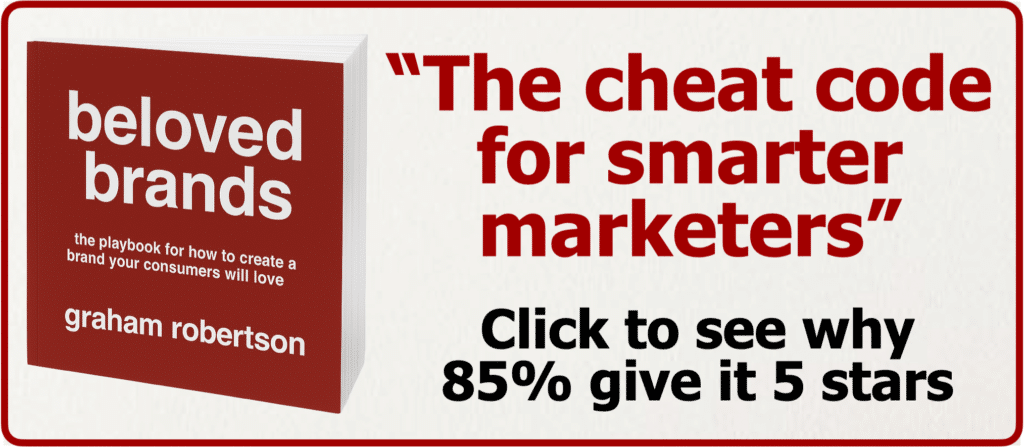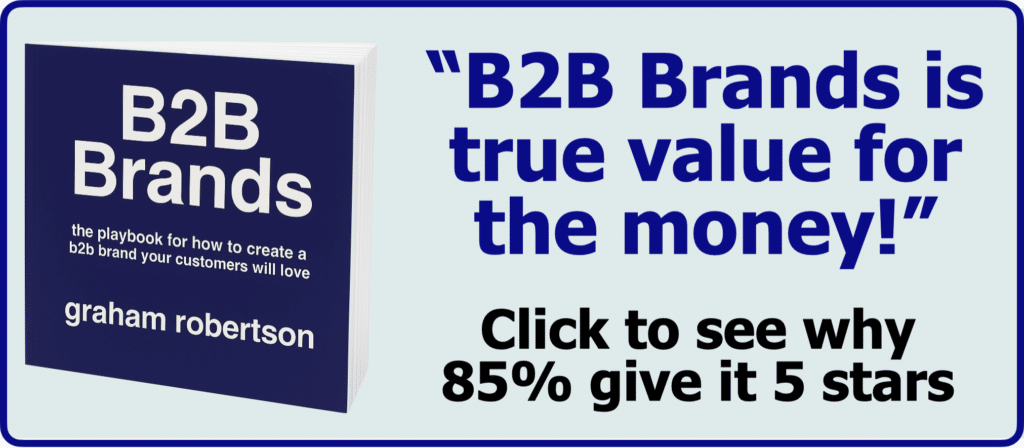At Beloved Brands, we believe that true brand success hinges not just on strategy or creative, but on execution at the shelf. Winning brands align Marketing and Sales around a common purpose. While each function has distinct roles, the real magic happens when they find common ground, especially through a strong Retail Strategy and thoughtful Customer Marketing.
The Divide Between Marketing and Sales
Marketing and Sales must do their own jobs, yet collaborate closely. Marketing focuses on building brands, driving consumer demand, and shaping perceptions. Sales focuses on securing distribution, negotiating retail placement, and driving short-term results. In many organizations, particularly those with a “house of brands” model, sales leaders must balance the competing needs of multiple brands.
Moreover, this balance often pressures Marketing to frame clear priorities that will resonate with the retailer’s goals. Without alignment, brilliant brand strategies fall flat at the shelf. With alignment, brands move consumers seamlessly from awareness to purchase.
M.A.P.S. - A Framework for Retail Execution
Merchandising, Assortment, Pricing/Promotion, and Space
To bridge the gap between Marketing and Sales, we use the M.A.P.S. framework: Merchandising, Assortment, Pricing/Promotion, and Space. This simple yet powerful tool helps marketers think more like commercial leaders.
M.A.P.S. - Table of Contents
Merchandising
Break through the visual clutter. Bold displays, signage, and shelf tactics must drive awareness and impulse consideration. In-store merchandising is often the consumer’s first tangible interaction with your brand.
Assortment
Focus on offering the right products. High-velocity SKUs that meet consumer needs across different occasions and preferences drive category growth and protect brand equity.
Pricing and Promotions
Strategic pricing and promotions trigger immediate action. However, balance is key. Aggressive promotions that erode brand equity can hurt in the long term. Smart retailers expect promotional plans that connect to broader brand objectives.
Space
Shelf space is more than real estate; it’s brand visibility. Winning shelf space, defending it, and growing it over time signals brand strength to retailers and consumers. In addition, remember that “Eye Level is Buy Level.” Placement matters, especially for impulse categories.
Aligning M.A.P.S. to the consumer journey
Moreover, effective retail execution aligns directly to the consumer’s path to purchase. We see it through these stages:
- Awareness: Merchandising drives initial notice.
- Consideration: Assortment ensures the brand offers something relevant.
- Search: Informed consumers look for detailed information at shelf.
- Purchase: Promotions and pricing close the deal.
- Post-Purchase: Consistent shelf presence and reliability build loyalty and repeat purchases.
Every M.A.P.S. action should move the consumer forward in their journey.
First Moment of Truth: Where Brands Win or Lose
For many consumers, the shelf is the “First Moment of Truth.” It is the point where the brand either connects emotionally and rationally or gets ignored. Regardless of the brand love built in advertising, retail execution determines whether that love translates into a sale.
Without strong merchandising, consumers won’t even notice your brand. Without relevant assortment, they might move to a competitor. Without pricing that makes sense, they might hesitate. And without the right shelf space, they may not even find you.
Common Pitfalls Brands Make at Retail
Many brands make predictable mistakes that cost them valuable sales:
- Poor Merchandising: No standout displays. No shopper attention.
- Bad Assortment: Wrong products for the wrong channels.
- Weak Promotion: No trigger to prompt immediate purchase.
- Lost Space: Getting pushed out by competitors over time.
However, avoiding these pitfalls requires constant partnership between Marketing and Sales, supported by a strong Retail Strategy and agile Customer Marketing plans.
The Triple Win Mindset
In the best retail executions, brands aim for the Triple Win:
- Win for the Retailer: Drive traffic, higher basket size, and profitability.
- A Win for the Consumer: Offer better value, experience, and convenience.
- Win for the Brand: Increase share, loyalty, and long-term brand equity.
Importantly, if any one of these three stakeholders loses, the idea risks failure. If a program only benefits the brand and retailer but offers no value to the consumer, it will stall. If it helps the brand and consumer but hurts the retailer’s margin, it won’t get executed.
Always pressure-test your retail ideas against the Triple Win model.
How Retail Media Changes the Game
Retail Media Networks (RMNs) have added a new layer to modern Customer Marketing. Brands can no longer treat in-store and online as separate experiences. Retailers now offer closed-loop systems that connect ad impressions to actual purchases, offering brands incredible targeting capabilities.
However, retail media can be expensive if not managed properly. Brands must treat Retail Media both as a trade investment and a brand investment. Integrated planning across traditional and retailer media ensures a consistent brand message at every touchpoint.
Collaborating Through the 3-6-9-12 Model
In addition, strong Marketing and Sales collaboration needs a rhythm. We recommend the 3-6-9-12 model:
- 3 months: Focus on executional details for programs about to launch.
- 6 months: Lock final creative, forecasts, and sales messaging.
- 9 months: Brainstorm new program ideas and explore logistics.
- 12 months: Discuss strategic brand/customer issues and plan major moves.
Organizing quarterly touchpoints ensures that both functions stay aligned and proactive, not reactive.
Final Thoughts: Marketing and Sales Must Win Together
A great Retail Strategy is not just a Sales issue. It’s a Marketing issue. Execution is where all of the brand’s hard work comes to life.
At Beloved Brands, we coach marketing teams to think through the full purchase journey, partner effectively with Sales, and design smarter Customer Marketing plans. Winning at retail is not about giving up brand integrity; it’s about bringing brand power all the way to the shelf.
In today’s competitive market, brands can’t afford to have great strategies that fail to connect at the point of purchase. Smart brands win by executing smarter, together.



